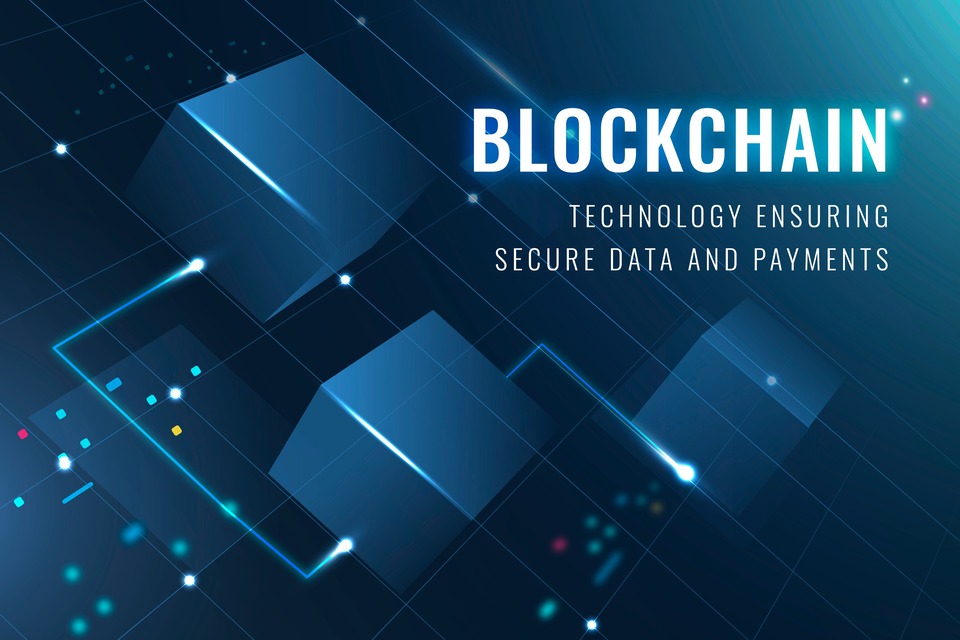Blockchain development is revolutionizing the internet with its secure, decentralized ledger system. The focus now shifts to robust DApp development, leveraging blockchain services. Cryptocurrencies form the foundation, and the industry is evolving to harness decentralized applications, marking a transformative era.
These applications provide a new paradigm for establishing transparency and trust beyond straightforward transactions. Since blockchain technology serves as the basis for many creative initiatives, developers interested in creating DApps must thoroughly understand its workings.
How to Build a Blockchain Application?
The following are the primary phases involved in creating blockchain applications, by a Blockchain development company along with the issues that must be resolved at each level:
Development Team Building
Blockchain technology is a very young one that is developing quickly. These solutions need regulatory compliance and may entail several software layers, protocols, and data formats. You must locate developers with the required training and background to create a blockchain application.
You have a few choices here:
- Invest in programs for training and development to assist current employees in acquiring the necessary skills.
- Seek out outside talent, such as independent contractors or devoted teams.
- Put your hiring and management concerns to rest by contracting product development to a reputable partner.
Planning
One of the most essential and first stages of the project is planning. Among its principal undertakings are:
- We are determining the issue that the solution will address and establishing the project’s parameters.
- We are arranging the features and functionalities of apps in order of significance.
- We are evaluating the best blockchain technology and platform.
- I am creating a schedule, budget, and milestones for a strategy and roadmap.
- I am choosing the project manager, essential participants, and communication strategy.
- Recognizing the project’s principal risks and problems and creating a plan to address and reduce them is critical.
UI/UX Design
In a blockchain-based application’s UI/UX stage, the designer must create a functional prototype and wireframe, showcasing app functionality and navigation. User research and testing validate design choices.
Define visual elements such as colour scheme, font, and icons, aligning with branding. Ensure compliance with blockchain platform specifications.
Balancing aesthetic appeal with technical constraints poses the primary challenge, demanding a harmonious blend of user-friendly design and adherence to blockchain functionality
Development
The actual coding happens during the development phase. It entails the subsequent tasks:
The application’s user interface and experience are provided via front-end development. Make sure the solution is smooth. The backend connection is accessible, responsive, and easy to use.
Managing the software’s data and business logic, including smart contracts and blockchain connectivity, is the core of backend development. Ensure your application complies with the blockchain network and protocol, is scalable, safe, and performs well.
Testing
Unit, integration, system, security, and user acceptability testing are commonly included in the testing phase. By doing so, the development team may minimize the possibility of delays, mistakes, and security lapses by finding and fixing problems.
Deployment
At this stage, the development team:
- Configure the network, servers, databases, security components, and other infrastructure.
- Observe version control, change management, and the deployment timetable while managing the release.
- Set up the application’s parameters, settings, user accounts, permissions, and access restrictions.
- Create an operational method for backup, recovery, and system monitoring, together with a deployment strategy, user manual, and technical documentation.
Launch
The blockchain-based application is prepared for release once testing and debugging go well. However, remember these essential points:
- Press releases, influencer marketing, social media campaigns, and other forms of advertising.
- Bonuses, prizes, or other advantages for early adopters.
- Analyzing user feedback and using it to improve the application over time.
The application’s ability to draw in and keep a devoted user base and provide the intended effect and value for the stakeholders is determined during the launch phase.
Maintenance
During the maintenance stage, your team usually completes the following tasks:
- Updates and bug fixes to maintain the app’s compatibility with the newest devices and software.
- Performance tracking and optimization through necessary adjustments to its design and parameters.
- Executing security upgrades, conducting frequent audits and risk assessments, and scanning for possible threats.
- Providing users of the program with ongoing assistance, interaction, and resolution of their queries and issues.
- To continue creating value for the company and the community, this stage is essential to long-term success and sustainability.
Conclusion
Examining the complex field of custom blockchain development reveals an ecosystem that is dynamic and ever-changing and has enormous potential to bring about revolutionary change. Important lessons include the fundamentals of blockchain, the need for security and sound coding methods, and the need for compliance and interoperability in negotiating the regulatory environment. Future blockchain engineers should prioritize lifelong learning and keep up with ethical and technical developments. Blockchain app development is an exciting topic for anyone who wants to help reshape industries since the sector offers ground-breaking advancements in the future. As they become essential contributors to the continuous development of blockchain technology, we urge ambitious developers to set out on this road with excitement, curiosity, and a dedication to moral behaviour. A decentralized and transparent digital future is possible because of the enormous potential and potential effects.




